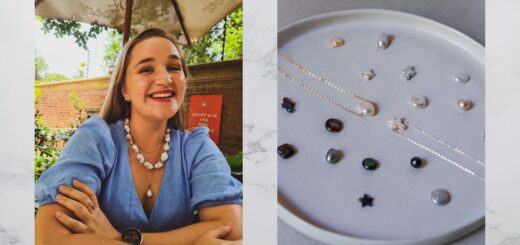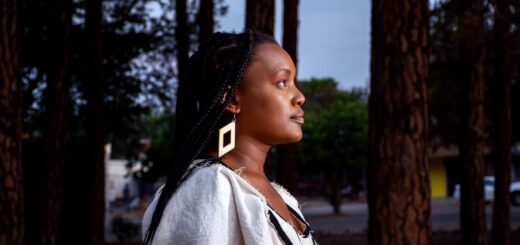Shopping Local on the Summer Sales: How I Bought 8 Items for R1000
There’s nothing like the satisfaction of shopping in sale season. Between the big bold letters of SALE on shop windows and the reductions on long slips lies a win-win for cash-strapped sustainable buyers. Shopping local can be expensive but that’s no excuse come sale season. Here’s how I bought locally made clothes for R1000 in the January sales.
In 2020, there are two big changes to how I’ll be buying South African-made clothing (and clothing in general). My clothing needs are no longer supplemented by my parents. This means that I have less money to buy more things.
My solution? A resolution to shop just twice a year: during the sales. This will enable me to buy more clothes for less, as well as to access more expensive items that I probably couldn’t otherwise afford (read: leather shoes and investment coats).
I’m therefore saving a smaller amount (around R200) every month to allow me R1000 to shop at the two big end-of-season sales. This may not seem like a lot of money but let me say that it is enough.
When I was growing up, my mom always chastened my desire for clothes with the recollection that, when she was a child, they only got clothing once a year: at Christmas. Things have certainly changed, largely thanks to the success of fast fashion. My mom, by no means, only buys clothing once a year anymore and neither did I. The pop-up mid-season sales and limited-edition collaborations have seen to that.

It’s hard to resist those big red signs…
But there’s something compelling in the old-fashioned rarity of receiving new clothing. Your clothes had to last a whole year, for one. You couldn’t fall for every season’s trends. You had to care for your clothes to make them last.
This is the kind of consumer behaviour that can ensure fashion sustainability. For me, it’s also the kind of lifestyle that can allow me to shop local on a budget.
In January, I allocated R1000 towards clothing needs. I made a conscious effort to not only support local but to find investment pieces — I even had a list. Two pairs of summery pants, two plain tops, a swimming costume and, if the budget allowed, a skirt and a dress.
At Mr Price, you can find all of this for under R200 each at any time of the year. Excepting the swimming costume, it’s likely to be South African-made, as well. I thought I’d take advantage of the sales to add some variety to my wardrobe’s rollcall of brands.
Having gained weight over the summer, the pants were the most difficult. I tend to love H&M’s tailoring but, unless it’s from the Conscious collection, I can’t really justify spending half the budget. I picked up a pair of comfy pants for R50 there. Nothing particularly sustainable or patriotic about that, except that it allowed me to be so with other purchases.
I tried on two pairs of Cape Tonian-made pants on at Poetry (one was R650, the other R450). I went through, literally, eight pairs at Woolworths (surprisingly for a store so invested in sustainability, none of them were locally manufactured). Finally, I found a pair of monochrome striped culottes at Edgars. Made in South Africa? Check. Within budget? Only R230 on sale.

Tops were abundant on the summer sales.
Tops were easy. H&M’s rails were littered with tops under R100; I bought a black linen one from the Conscious collection for R70. MR Price excels at locally made, go-with-anything t-shirts; I got one khaki one for R80, another rust-coloured one on sale at R60. When the YDE sale finally came round, I picked up a printed shirt for R150.
Finding another pair of pants proved impossible with my resources (not just money but time and energy — I swear I went to every clothing store at Cavendish). I went for a midi skirt instead from MR Price. At R190, it was pricey for my budget, especially since it was not made in South Africa. I loved it, though, and I was conscious at that stage that I couldn’t get everything I wanted from my budget.
To cap it all off, I found a stunning white bather from H&M for just R170! I had been searching for months for a locally-made bather in department stores but, in all honesty, I don’t think it exists. Woolworths, Mr Price, Edgars, Foshini….nothing. It would’ve cost me upwards of R500 to get a South African one from a boutique line. So, I settled and….You know that brilliant moment when something on sale is actually even less when you get to the tills? That happened at H&M! I loved it.
All-in-all, I managed to buy two pairs of pants (one locally made), a skirt, a swimming costume and four tops (three locally made) for R1000. Not bad.

I didn’t go crazy over the sales but there was that satisfying illusion of winning over the capitalist system that’s been an age-old hallmark of sales. Added to that was a real contentment in supporting the local economy and shopping consciously (both of which are a finger at the careless consumerism that is complicit in the capitalist destruction of the local textile industry). Here’s to an equally successful winter sale season.


